- NEW DVD Series – Stone Setting with Bezels
- Tube Set Charm by Kim St. Jean
- Prong Basket Pendant by Kim St. Jean
- NEW DVD Series – Stone Setting with Cold Connections
- New DVD Series – Stone Setting with Wire
- NEW DVD Series: Introduction to Stone Setting by Kim St. Jean
- Featured Tool: Bracelet Bending Plier
- NEW Dvd by Eva Sherman
- Fun, Fast Fold Forming DVD Series
- Double Band Ear Cuff from Alex Simkin
Gem Profile May 3: Apatite
by Layna Palmer, Wire-Sculpture.com

All About Apatite
Shop New Bead Selection | Shop Apatite beads| Shop All Cabochons
We’ve all played the game “One of these things is not like the other …” OK, here goes: fertilizer, bones, teeth. But, in this case, all of these things are made of the same stuff. What is this material, you ask? Well, it’s one of the most common phosphate minerals, or calcium phosphate. This mineral is used in fertilizer, it’s what our teeth and bones are made of, and in the gem world, it goes by the name apatite (pronounced just like “appetite”).

Jane Duke created this necklace and earring set using 14kt gold-filled wire and aquamarine, prehnite, and apatite beads.
There are actually three different types of apatite. Although all are classified as the same material, they differ just a bit in their chemical structure. Calcium phosphate is called hydroxlapatite and is most common in tooth enamel and bones. Fluorapatite is most familiar as the fluoride we have in toothpaste and fluoridated water. Chlorapatite is the primary source of phosphate for plants, which is why we use it in fertilizer. Since all of them are basically the same material, we just use the mineral’s name, apatite, to describe the bunch.

These blue apatite beads from Dakota Stones are among Wire-Sculpture’s new bead selection.
This stone is a softie
Apatite can be found in all types of rock, but usually only in small fragmented crystals. In some types of metamorphic rocks, large crystals of apatite have been found. The main reason apatite is not a popular gemstone is mostly due to the small size of the crystals and the softness of the stone. Apatite, a 5 on the Mohs hardness scale, is fairly soft and difficult to facet, which is why we don’t see a lot of it on the market for gemstones. Apatite really should only be used in earrings, pendants, and as accent stones. If used in a ring, be careful not to be too rough, and set the gem in a protected setting. Clean apatite only with a soft cloth, and avoid any type of chemical cleaners.

Magan Weid created this multi-media dragonfly choker from a copper-dipped ceramic bead, with solid, copper wire, and a tail made of faceted apatite beads.
The word apatite comes to us from the Greek “apatein,” which means misleading or deceit. Interesting way to name a stone, don’t you think? The next question you may ask is: What is so deceiving about apatite? Well, it can be mistaken for other stones like beryl, peridot, and tourmaline. Apatite comes in a variety of colors — yellow, pink, purple, green, and blue. The most recognizable color is the natural blue-green color from Madagascar that was first introduced to the market in the mid-1990s. This stone was an answer to the more expensive Paraiba tourmaline that sells for thousands of dollars per carat.
To attain a more desirable color, the stone was heat-treated to deepen and brighten the hues, creating neon apatite in teal, green, and a bright Paraiba-like blue. The stones can be clear and faceted or chatoyant and cabbed for a cat’s eye effect.
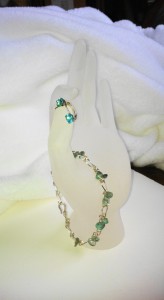
This apatite bracelet is made from Argentium silver wire, with matching earrings, made by Jane Duke.
Apatite’s Value: Promotes peace and harmony
Apatite is a Gemini zodiac stone that helps the wearer remain focused. It also stimulates thoughts and ideas in addition to encouraging communication and intellect. It is useful in promoting inner peace and harmony, and thus helps to clear confusion and dissipate negative emotions. It also helps with bone and cartilage health and relieves arthritis and joint pain. On a diet? Apatite also raises the metabolic rate while decreasing appetite. It is a stone, they say, of manifestation, learning, health, and harmony.
Not only is apatite found readily on the earth, it’s also been found on the moon — Apollo astronauts brought back rocks that have been shown to contain apatite with enough water in the form of hydroxyl (calcium hydroxide) to cover the moon’s surface in approximately 1 meter of liquid if you were able to extract it all.
Apatite for a road trip!
Road Trip! (You thought I’d forgotten!) The most recognizable apatite comes from Madagascar. It would be fun to travel there, but if you’re like me and on a budget, just rent the movie and laugh at the penguins.
Other apatite-rich deposits are in Mexico, Brazil, and the United States. Maine brings us some beautiful purple apatite from Apatite Mountain, which consists of old quarries now managed by the City of Auburn. There is public access to poke around and try your hand at rock hounding. You may find some purple apatite, lepidolite, smoky quartz, and tourmaline. Please only use hand tools and make sure you prepare for a day of dirt, digging and no facilities.
To get to this Maine apatite site, drive from Auburn on Route 11/121 where you will be able to turn off between Hatch and Garfield roads. Parking is available on the road and you may want to check in with the National Guard Armory to use their facilities before going on to the quarries.
For those of us in the Western U.S., a fun-filled trip to the Oceanview Mine in southern California is in order. For a fee, you can spend the day digging for a variety of gems, including apatite, quartz, and tourmaline. The mine is located near Pala in San Diego County. Since it’s a working mine, it’s open to the public only a few days per week. Bring water, sunscreen, lunch, and a good pair of gloves — the mine provides everything else. You get to keep what you find at no additional charge and can even take a 5-gallon bucket of screened gravel home with you if you like.
Well, I don’t know about you, but all this talk about apatite has made me hungry for some beautiful blue stones to incorporate into my next project! Speaking of blue stones — next week we’ll introduce you to Larimar from the Dominican Republic.
Have you wire wrapped larimar beads or cabochons? Send pictures of your larimar jewelry to tips@wire-sculpture.com and it could be featured.
Resources & Recommended Reading
Gem Profile by Layna Palmer
Click to Receive Daily Tips by Email





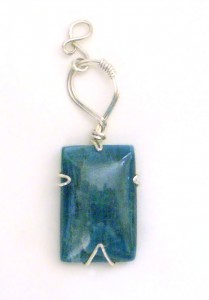

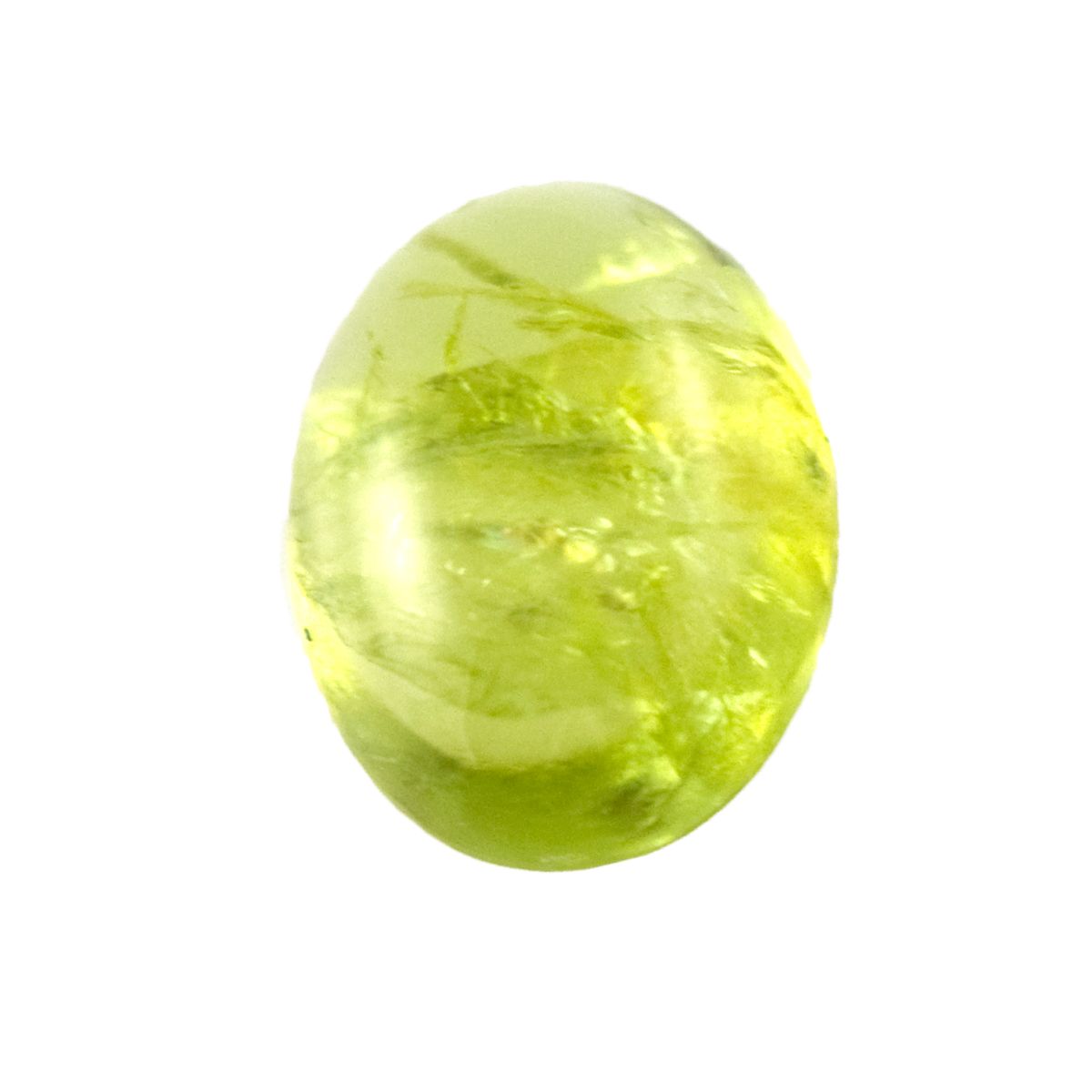
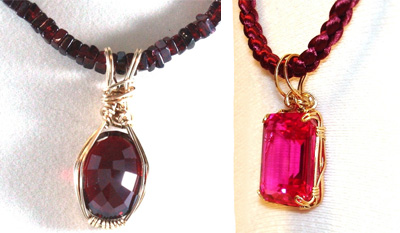
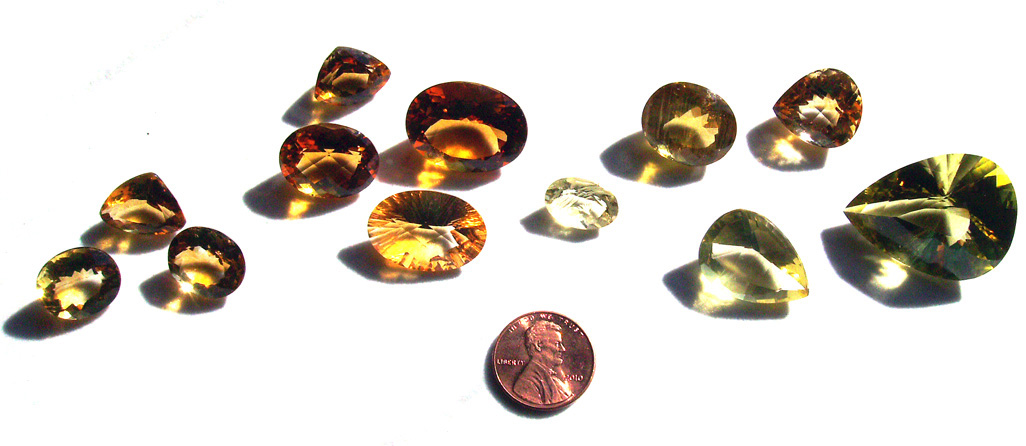














Diane
May 3, 2013 at 7:46 am
Apatite is one of my favorite stones! I had never been a fan of light blue stones, but had only really seen aquamarine and the lightest of blue topaz before starting to make jewelry. After living in the Caribbean and loving the colors of the water, I started a love affair with with stones such as apatite and london blue topaz, among other stones. I especially love the clear faceted stones as these most remind me of the water. Isn’t it great how in life our tastes change, often molded by our experiences?